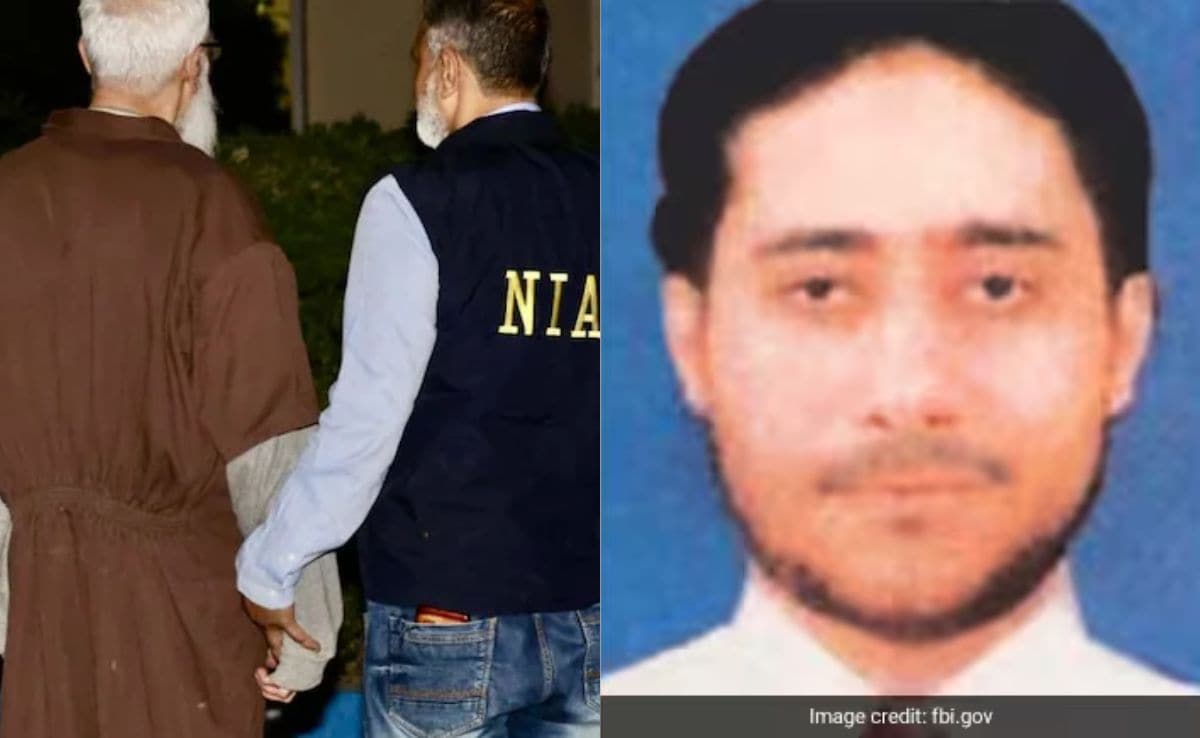Unraveling the Tahawwur Rana Probe
In a meticulously monitored chamber within the fortified precincts of the National Investigation Agency (NIA), the interrogation of Tahawwur Hussain Rana, a Pakistani-origin Canadian national, began on Friday. This probing follows his recent extradition from the United States, linked to the infamous 2008 Mumbai terror attacks. NIA insiders suggest that Rana’s initial responses were not only evasive but also limited in scope, raising questions about the deeper layers of his involvement.
Rana hails from Chichawatni, a small village in Pakistan’s Punjab province, where he was born into a family of educators. His father served as a principal, while his two brothers have pursued distinct careers—one as a psychiatrist in the Pakistani army and another as a journalist. The interrogation revealed that Rana’s early education at the Cadet College Hasanabdal paved the way for his association with David Coleman Headley—another key figure in the Mumbai attacks who is currently incarcerated in the U.S.
Rana’s immigration journey commenced in 1997 when he moved to Canada with his wife, Samraz Rana Akhtar, a practicing physician. Initially establishing an immigration consultancy, he later ventured into the halal meat business. However, this enterprise allegedly served as a cover for orchestrating terror-related activities, with Headley operating under the guise of a consultant.
Rana’s Military Ties and Terror Activities
Central to the probe is Rana’s background in the Pakistani army’s medical corps. Sources confirm that even after his service, he often donned military fatigues during meetings with prominent figures associated with Pakistan’s intelligence agency, the Inter-Services Intelligence (ISI), as well as members of Lashkar-e-Taiba (LeT). Reports indicate that he frequently visited terror camps, blending in with military personnel, thus raising suspicions about the true nature of his engagements.
One of his notable connections during these meetings was with Sajid Mir, a designated global terrorist and one of India’s most wanted individuals. Mir, accused of coordinating the 26/11 attacks and directing operations at Mumbai’s Chabad House, has a substantial bounty of $5 million placed on his head by the United States for information leading to his capture. Additionally, in 2022, India provided an audio recording to the United Nations featuring Mir allegedly directing the terrorists during the attacks.
The investigation also highlights Rana’s connections with another terror outfit, Harkat-ul-Jihad-al-Islami (HuJI). Reports suggest his visits to HuJI camps, often accompanied by ISI officers and military personnel, further complicate the web of associations.
The ISI Connection: Major Iqbal and Beyond
The NIA’s investigation unearthed interesting revelations regarding Rana’s interactions, particularly his meetings with Major Iqbal, a suspected ISI officer. Identified in a 2010 U.S. indictment as an active member of the ISI, Major Iqbal has been implicated in financing and managing reconnaissance missions carried out by Headley. In his testimony, Headley referenced Iqbal as a critical ISI handler, along with two other officials who were directly involved in plotting the attacks.
Moreover, the investigation narrows in on an enigmatic figure believed to have met Rana in Dubai shortly before the Mumbai attacks. This individual is said to have possessed prior knowledge of the assault, a connection that could potentially lead to further insights into the planning and execution of the attacks.
The Investigative Process: Strict Oversight and Security Measures
As the investigation unfolds, Rana has been interrogated in a high-security area of the NIA’s CGO Complex in Delhi. This chamber, equipped with CCTV surveillance, is tightly controlled, allowing access only to twelve authorized officials. Rana’s day-to-day activities, including meals and medical necessities, are closely monitored, and all interactions are being recorded for thorough documentation.
The probe is led by a dedicated team of twelve officers under the leadership of NIA officials, DIG Jaya Roy and IG Ashish Batra. DIG Roy, a 2011 batch IPS officer with a background in cybercrime investigation, has been pivotal in securing Rana’s extradition from the U.S. Her colleague, IG Batra, an experienced officer from the 1997 batch, has been integral to the ongoing inquiry. Both officials were present during Rana’s extradition flight to India, signifying the high-level attention this case is receiving.
Implications for India-Pakistan Relations
The revelations surrounding Rana’s ties to various terror organizations and ISI operatives have significant implications for regional security and India-Pakistan relations. With ongoing tensions stemming from cross-border terrorism, this investigation reinvigorates discussions regarding the need for robust international cooperation in combating terrorism.
As per the report by[Times of India](https://timesofindia.indiatimes.com), the NIA is also collaborating with international law enforcement agencies to follow the leads uncovered in Rana’s interrogation. This cooperative approach is essential as investigating terror networks often necessitates a transnational effort to fully understand and dismantle these complex operations.
Future Prospects and Ongoing Investigations
The interrogation of Tahawwur Rana may be just the beginning of a more extensive inquiry into the networks supporting terrorism in the region. As the NIA gathers more evidence and testimonies, the potential for uncovering further connections to other operatives and organizations remains high.
Moreover, the scrutiny of Rana’s relationship with ISI-linked operatives may lead to a broader understanding of how terror financing and operational planning transpire within these groups. The information extracted from Rana could prove vital for forecasting future threats and ensuring preventative measures are developed to counteract potential terrorist activities.
The situation surrounding Tahawwur Rana is still developing, and as authorities delve deeper into his connections and activities, the full picture of the 2008 Mumbai attacks and their broader implications for international peace and security may come to light.
DISCLAIMER
We have taken every measure to ensure that the information in this article and on our social media platforms is accurate, verified, and obtained from reliable sources. For feedback or complaints, please contact us at info@hamslive.com.


